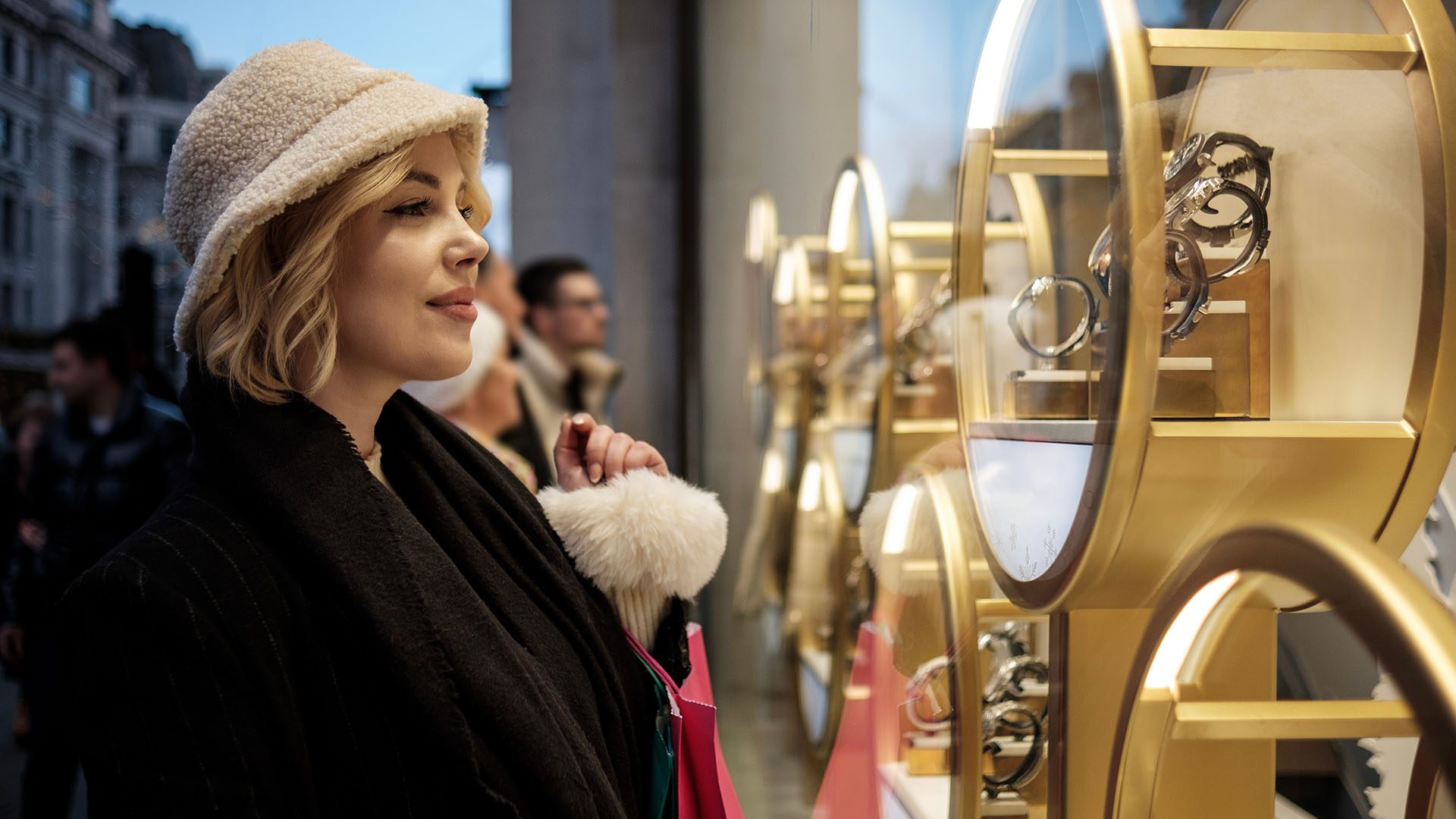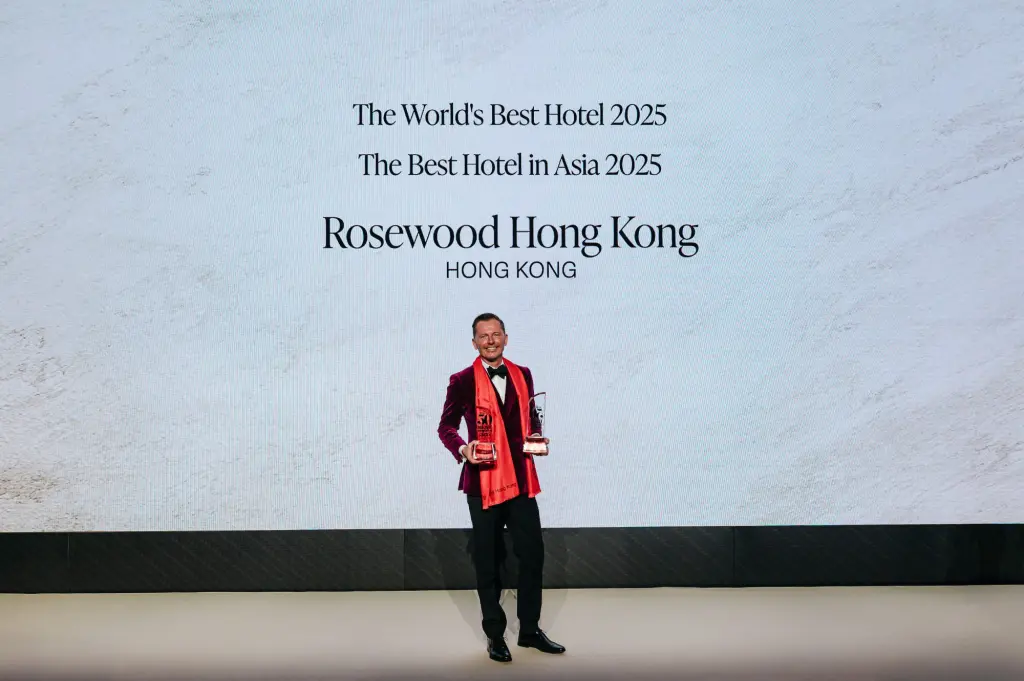The captain of my little fishing boat, Wang—or Big Wang, as I’m told he’s nicknamed—casts his net into the turquoise waters of Tufu Bay. Wang is from a small fishing village just down the beach, and has been dropping his nets here for more than 20 years; his family has been doing the same for centuries. As young couples stage amateur photo-shoots on the pier and on a docked yacht in the marina beside us, we simply watch our net sink into the blue, and wait for the fish to meet their fate.
After cruising around the sunlit peninsula for a bit, Wang and I begin to haul in the 200-meter-long nets by hand, which takes a kind of patience I’ve long lost in my 7-Eleven-filled, food-delivery-app-reliant life. As we pull in a misguided jellyfish, I’m impressed that my captain’s well-worn hands don’t seem to feel the sting as he sets it free, smiling as he regales us with tales of life at sea. It’s easy to see why he loves it: as the sun sets behind distant mountains, casting golden-hour light on the entire bay, we speed back to my hotel, Capella Sanya, with our catch—a Hainan grouper, a pink-finned Lu and a spotty Luoman fish—all destined for my dinner.

This scenic manual labor is part of Capella Curates, a collection of select experiences that introduce guests to local life here on Hainan Island. In Sanya, where ocean- views are the norm, it sets the resort apart. “We are end consumer–driven nowadays, but we tend to forget our actual roots,” says the new resort’s food and beverage director Dennis Laubenstein. “This is what we want to bring back and remind our guests about.” As more travelers seek “unique” experiences, the smarter hotels are figuring out ways to become their destination. Capella Sanya promised me not only a luxury stay, but house-crafted activities to foster a cultural connection to the island. It’s a concept that suits me, especially in a place as layered and potentially misunderstood as Sanya.
As the southernmost city of “China’s Hawaii,” the somewhat debatable nickname for Hainan, Sanya is a popular haven for Mainland visitors—predominantly from the north—who thaw out here in the year-round warmth on its sandy shorelines. The sheer number of tourists (76 million arrived on Hainan last year, more than seven times Hawaii’s 2018 intake) had always scared me away. But with an area that’s bigger than you might think—it’s only a sliver smaller than Taiwan—I figured there must be more to this island than just its mass-tourism rep. Capella’s general manager, Yngvar Stray, sells the diversity to me this way: “We are not limiting ourselves on what we can do with this property based on what Sanya is. We’re constantly exploring to see how we can integrate our surrounding, our culture, our environment into the experience in a different way.”

The resort’s location on Tufu Bay, further from the city’s main resort hub on easterly Yalong Bay, helps drive this. Tufu’s history as a refuge is an ancient one. Its name translates to Blessed Bay, bequeathed by 14th-century Persian traders traveling on the maritime silk route, who used this beach as a shelter during a destructive typhoon. Trawling these historic waters was a level of engagement I rarely encounter, and ending my day at Capella’s Silk Road restaurant with a freshly steamed trio of fish that I caught with my own hands was a memory that will last well beyond my flight home.
Of course, a premium quality of life is part and parcel of paradise, and Capella also delivers on this. One of the luxuries all 190 rooms, suites and villas have is space. Most keys are for the “Manor,” a looming structure where garden- and ocean-view rooms start at 88 square meters and end in a lofty 440-square-meter, two-bedroom Chairman’s Penthouse. I’m on the ground, in a villa in the Autumn Mansion, one of four seasonally named complexes that links private one- to four-bedroom villas so that families can engage in togetherness, separately. At 290 square meters, my one-bedroom dwarfs me and its details are also generous: soft Italian linens; Diptyque amenities; and a minibar stocked with Californian St. George gin, craft sodas and copper cocktail kits. Nearby, the sprawling Auriga Spa offers China’s only source of Margy’s skincare, and features Hainan’s first hammam and snow cabin, though I only last two frozen minutes.

Interpretations of Chinese design by architect Jean- Michel Gathy add to the resort’s plushness and singularity, best seen at the lobby. Flowing in from the circular open roof, a fountain cascades a curtain of water into a central feature coined the Dream Pool of Essays, designed to reflect the Tang-Dynasty poetry of Zhang Ruoxu. It’s best appreciated in the morning. On the way to breakfast at Silk Road, I catch a tai chi master wade into the pool to begin his daily ritual. The meditative motions, the hypnotizing stream and the peaceful soundtrack present a mindful wake-up call even for me, lazily watching from a surrounding lounger.

Water trickles in all over the resort. From the Dream Pool of Essays, wells spring beneath glass tiles and in 38 scattered lagoons. Aesthetic infinity pools front eateries like casual lunch spot Dempsey, modern Cantonese fine- diner Lan Ting, a yet-to-be-named branded restaurant, and Library Bar, where I stop for their nightly drinks ritual—a cocktail-making journey that boozily engages guests in Sanya’s maritime silk route history. Lush landscaping by designer Bill Bensley complements the aquatic elements—frangipani trees are mirrored in glassy waters, and palms shade the property all the way to Tufu Bay. Though guests aren’t allowed to swim in the beach—the government restricts it in many of Sanya’s beaches, for reasons I don’t quite understand—Capella’s outdoor pool makes an almost better alternative. Shaded Jacuzzi jets and in-pool loungers lure guests in the water, while eight air-conditioned cabanas—free for villa guests—offer VIP hangouts away from the sun’s rays.
As brag-worthy as Capella is on the surface, what charms the most is just how tailored the entire experience is to me. Capella’s personal assistants aren’t just available 24 hours for their guest’s every whim, but also to offer personalized activities separate from Curates, most included in the room rate. Say you’re part of a multigenerational family; your personal assistant might offer a kite-making and -flying activity between grandparent and grandchild. Adorable. For me, someone who likes to sniff out local food wherever she goes, the suggestion of a cycling trip to Hainan’s famed mango plantations in Sanya’s interior is a perfect match.
The ride is a good chance to leave the sanitized edges of the resort and enter Sanya’s real countryside. I cycle past both big developments and cute little villages, while mini pickup trucks stacked with freshly picked mangoes zoom past us heading for the mainland. We stop by a roadside stall to taste the local Jing Huang variety. Its flesh is juicy and candy-sweet; its size is bigger than my head, enough for an entire family’s breakfast.
Lan Ting’s chef, Peter Ma, also offers a Curate to see a more well-known foodie side to the island than its mangoes—Hainanese chicken. Though it’s too far for me to travel on this trip, chef Peter takes guests to the dish’s origins, in the western district of Wenchang. Stopping by a local farm in Tan Niu, guests will catch one of Wenchang’s famously fat and free-range chickens—they strut around wild gardens eating whatever’s around— and take it back to Lan Ting to cook the traditional way: stuffed with salt, ginger, wu zhi mao tao root and spring onion; and poached for the better part of a day.

Many resorts in Sanya offer Hainanese chicken rice on their menus, but Dennis explains to me why Capella goes beyond this: “The point is the nature of the product, the origin… forming a relationship with the local farmer and gaining some insights about how it was in the past.” I have to leave before dinner, but chef Peter brings over a plate of the famous dish during cocktail hour at The Library. Sitting at the bar with a plate of the succulent, fragrant chicken, I am reminded that forging these kinds of connections, being encouraged to juxtapose the high- brow with the traditional in a manner that makes me feel at home… these add up to the best iteration of luxury travel today. Like the Persian traders before me, I’ve found my refuge.
capellahotels.com; Manor rooms from RMB2,088; One-bedroom villas from RMB6,088

